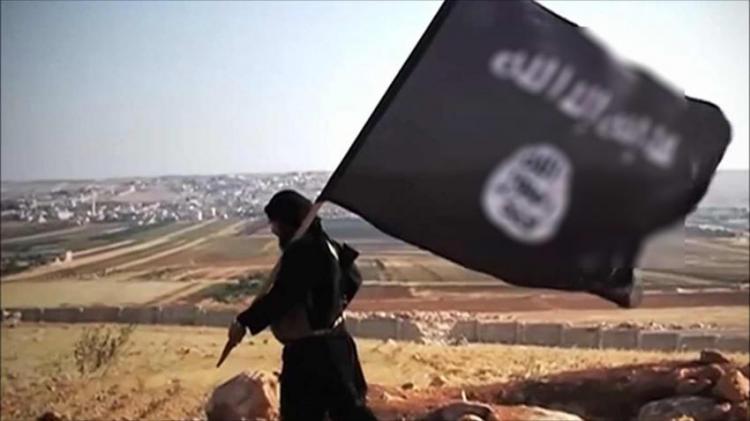North-Press Agency
Several reports which were issued by analysis centers, the United Nations and the Pentagon confirm that the Islamic State (ISIS) is still active and has thousands of fighters and millions of dollars in addition to a propaganda network that is still active, even though it has lost control over their territories, and that its return under this name or any other name, is only a matter of time.
The Soufan Center for Analysis considers that ISIS is still alive and effective in both Iraq and Syria.
The report which was issued by the center pointed out that “It isn’t possible to talk about the return of the group to Iraq and Syria, as it didn’t leave at all.”
On the ground, with the decline and deterioration of ISIS in territories in Syria and Iraq, its members dispersed in order to move secretly and taking advantage of the ideology which they left behind them in the areas they had lost control.
In a report released on Tuesday, the Pentagon’s General Inspector considered that even if the group had lost ground on which it had built its so-called “Caliphate”, it has reinforced its ability to launch attacks in Iraq and regain its activities in Syria during this season.
Pentagon’s report pointed out that ISIS has succeeded in reorganizing its operations in Syria and Iraq, especially that the local forces are “still unable to remain on high alert for a long time, and to ensure guarding the areas which they have taken control.”
Returning and expanding
In turn, the Research And Development Center for analysis (RAND) issued a report last week entitled “Returning and expanding” in an amendment to the group’s slogan “lingering and expanding”.
According to the experts of RAND Center who have studied ISIS financial situation after the Caliphate and available opportunities, the group still has more than $400 million which is hidden in various forms in Syria, Iraq and even in neighboring countries.
The center’s experts believe that, if the group decides to return, it will resort to useful methods such as distributing its financial balance on projects which are capable of securing revenues.
The report pointed out that, even if the group is considered to be defeated, but it is still able to finance itself through criminal activities such as kidnapping for ransom, theft and smuggling in order to secure the necessary income.
Last July, the United Nations Security Council said in a report that ISIS is adapting with a new reality, and it’s working on creating conditions for the return of its activities in its former strongholds in Syria and Iraq.
“This process is making more progress in Iraq, where Abu Bakr al-Baghdadi, the leader of the group and the majority of other leaders are staying,” UN experts said in their report.
Weakening the authorities
According to the report, there are areas in Syria and Iraq which the authorities aren’t in a good control, so they have become a field for ISIS sleeper cells. These sleeper cells resort to commit assassinations, bombings and ambushes.
In a new strategy to weaken Syria’s local authorities and show inability in rebuilding war-ravaged areas, the group resorted to burn the agricultural crops over large areas this summer.
The group released a video footage on Sunday which was the second after its military defeat in March, in which it vowed to “intensify the fighting” against the US-led Global Coalition and SDF.
Row arranging
According to a report published by the Institute for the Study of War (ISW), ISIS hasn’t been defeated despite losing control over their territories in both countries.
The report considers that the group is stronger than its predecessor al-Qaeda in Iraq in 2011, when the United States withdrew its forces from Iraq, al-Qaeda had about 700 to 1000 fighters inside Iraq at the time, while ISIS had 30.000 fighters in Iraq and Syria in August 2018.
ISIS’s slow loss of power and control over territories in Syria and Iraq began during former president Obama administration and continued during President Trump administration, according to the report.
This slow loss gave the group an opportunity to plan and prepare for the next phase of the war, even before the fall of the so-called “Caliphate” to recover faster to a more dangerous level than it was before.
The group’s planning came through its intended withdrawing of many of its fighters and their families from Mosul, Raqqa and other important cities, and relocating them in new and old supporting areas in Iraq and Syria, as sleeper cells now in both countries carry out operations every now and then.
ISIS maintained a global financial network which funded its transition to the new phase, and managed to maintain sufficient weapons and other supplies in tunnel networks and other supporting areas in order to prepare its renovated forces.
According to many officials and experts, ISIS hasn’t been defeated, and its return under this name or any other name is only a matter of time.

